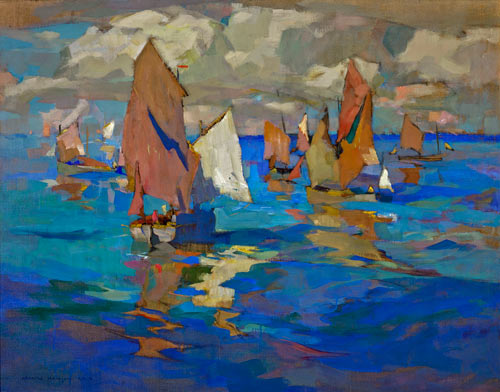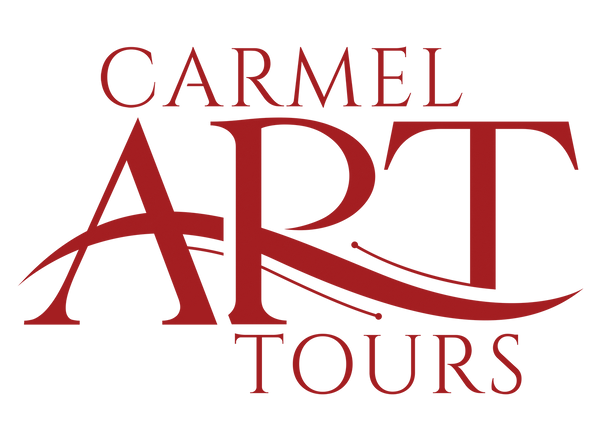
The Influence of Plein Air Painting in Carmel
Share
Carmel-by-the-Sea has a unique charm, drawing artists from around the world who seek to capture its natural beauty. One of the most influential art forms to take root in this coastal town is plein air painting—a technique where artists set up their easels outdoors and paint what they see in real time. This method, which allows for a true representation of nature’s ever-changing light and atmosphere, has played a vital role in shaping Carmel’s artistic identity for over a century.
The story of plein air painting in Carmel begins in the early 20th century, when a small group of visionary artists discovered that the town’s landscapes—its rugged cliffs, sprawling forests, and vibrant sunsets—were more than just beautiful; they were a living, breathing muse. As these artists began to work outdoors, painting directly from the landscape, they became part of something larger—a movement that would transform Carmel into a renowned destination for plein air art.

How It All Began: A Perfect Home for Plein Air
Carmel's coastal beauty and mild climate quickly attracted a community of artists. In the 1920s and 1930s, painters like Armin Hansen, Jessie Arms Botke, and E. Charlton Fortune found themselves drawn to Carmel, captivated by the light and the land. They set up their easels on cliffs overlooking the Pacific, capturing the ever-shifting colors of the ocean, the play of light through the trees, and the deep greens and earthy tones of the landscape.

At the time, Carmel was a small town with an artistic pulse, a place where artists could find refuge from the busy world and immerse themselves in the beauty of nature. The early plein air painters were not only capturing what they saw, but also creating a sense of timelessness. There was something special about painting outdoors, in the very presence of the landscape. The wind, the warmth of the sun, and the sounds of the ocean—all these elements were part of the painting process, making the art feel alive, not just on the canvas, but in the moment itself.
The Plein Air Movement Takes Root in Carmel
As the years passed, plein air painting became deeply embedded in Carmel’s artistic community. The town became a gathering place for artists who shared a passion for painting directly from nature. The town’s beauty and its sense of creative freedom gave birth to what became known as the Carmel Art Colony, a close-knit group of artists who painted together and supported one another.
In this vibrant artistic environment, plein air painting flourished. These artists, working on-site and capturing the landscapes in front of them, painted in a way that focused on the immediate experience—the shifting light, the textures of the land, and the beauty of nature that couldn’t be replicated in a studio. The result was artwork that felt alive, capturing not just a moment in time, but the very essence of the place itself.

The Plein Air Legacy Lives On
Today, Carmel’s artistic legacy is still largely defined by the tradition of plein air painting. The same landscapes that inspired the first artists continue to draw painters who are eager to capture the town’s ever-changing beauty. The tradition is not only alive but thriving, with modern-day plein air artists continuing to find new ways to interpret Carmel’s landscapes.
Each year, events like the Carmel Art Festival bring plein air artists from all over to paint outdoors, offering the public a chance to see the creative process in action. Visitors can watch artists set up their easels by the beach or in the town’s charming streets, capturing the light, the colors, and the atmosphere that make Carmel such a special place.
There’s something remarkable about watching an artist paint a scene that’s in constant motion—the wind rustling the trees, the ocean waves rolling in, and the shifting colors of the sky as the day progresses. It’s a process that connects artist and viewer to the very heart of Carmel, where nature and art exist in harmony.

